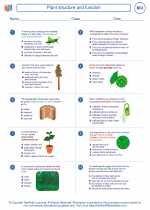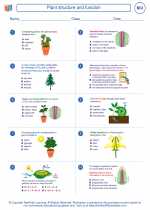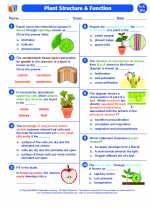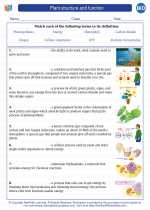Antarctic
The Antarctic is a region located at the southernmost part of the Earth. It is characterized by its extremely cold climate, vast ice sheets, and unique ecosystem.
Key Facts about the Antarctic
- Antarctica is the fifth largest continent, and is the coldest, driest, and windiest continent on Earth.
- The Antarctic Circle is a line of latitude at 66.5 degrees south that marks the northern boundary of the region.
- The Antarctic Treaty, signed in 1959, designates Antarctica as a scientific preserve and prohibits military activity, mineral mining, and nuclear waste disposal.
- The Southern Ocean surrounds Antarctica and is home to diverse marine life, including whales, seals, and penguins.
Climate and Environment
The climate of the Antarctic is extremely cold, with temperatures often dropping below -70°C (-94°F). The continent is covered by a thick ice sheet, which holds about 70% of the Earth's fresh water. The harsh conditions make it difficult for most plants and animals to survive, but some species have adapted to the extreme environment.
Wildlife
Despite the challenging conditions, Antarctica is home to a variety of wildlife. Some of the iconic animals that live in the region include penguins, seals, whales, and seabirds. These animals have unique adaptations that allow them to thrive in the cold and icy environment.
Study Guide
- What is the significance of the Antarctic Treaty?
- Describe the climate and environment of the Antarctic.
- Identify three types of wildlife commonly found in the Antarctic region.
- Explain why Antarctica is considered a scientific preserve.
- Discuss the challenges of conducting research in the Antarctic.
◂Biology Worksheets and Study Guides High School. Plant structure and function

 Worksheet/Answer key
Worksheet/Answer key
 Worksheet/Answer key
Worksheet/Answer key
 Worksheet/Answer key
Worksheet/Answer key
 Vocabulary/Answer key
Vocabulary/Answer key
 Vocabulary/Answer key
Vocabulary/Answer key
